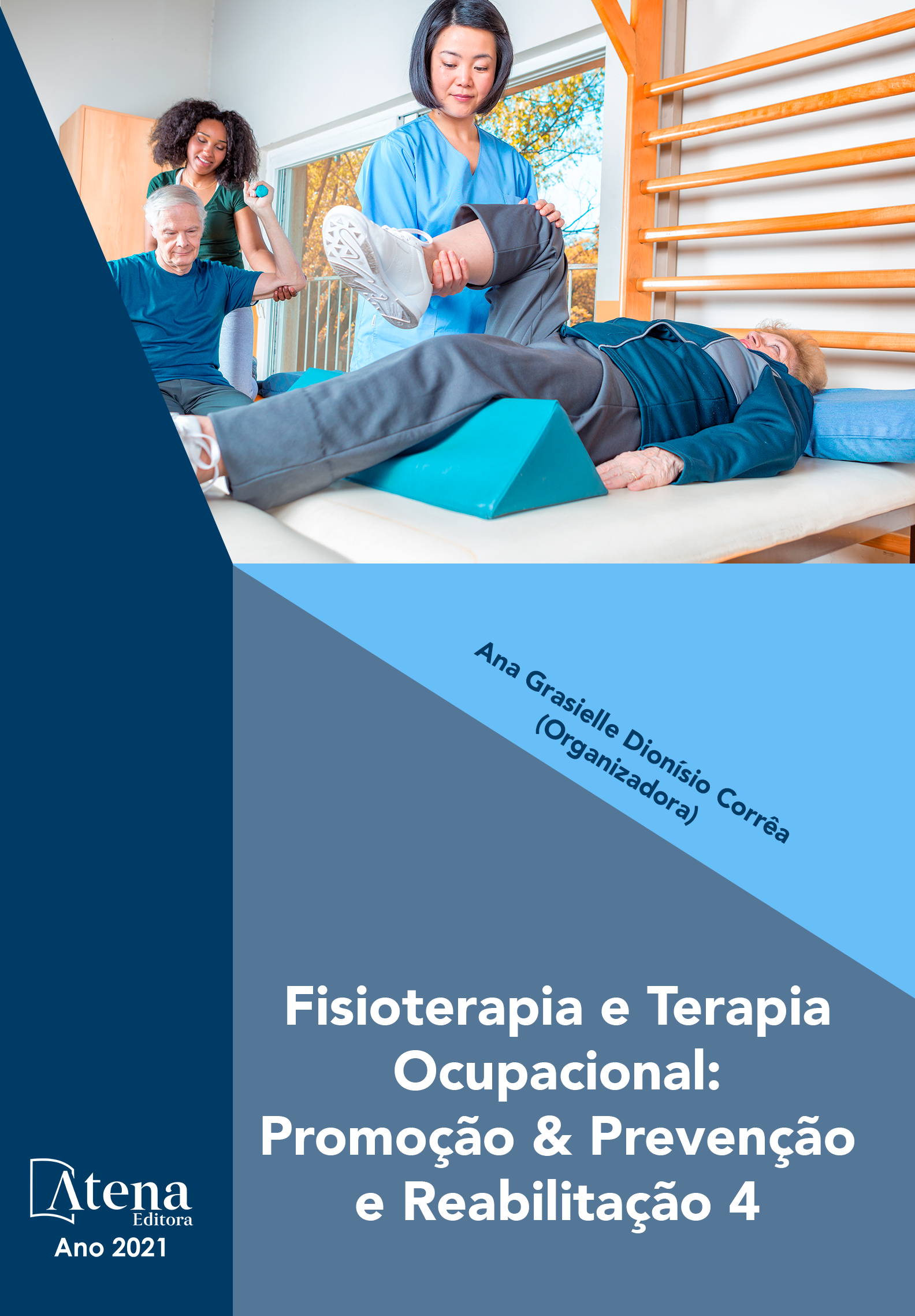
AVALIAÇÃO DO USO DO LASER DE BAIXA POTÊNCIA E DO DISPOSITIVO MIOFUNCIONAL NA DOR E NOS SONS ARTICULARES EM MULHERES COM DISFUNÇÃO TEMPOROMANDIBULAR: ESTUDO CLÍNICO COMPARATIVO RANDOMIZADO
Introdução: A articulação temporomandibular (ATM) e suas estruturas podem ser afetadas por vários problemas, denominados como disfunção temporomandibular (DTM). A DTM é constituída por um conjunto de manifestações clínicas envolvendo os músculos e a ATM. Os sinais e sintomas envolvidos na DTM incluem dor muscular e/ou articular, presença de sons articulares, limitação de abertura e dos demais movimentos e cefaleia. Objetivo: O objetivo deste estudo foi verificar a influência da associação do laser de baixa potência e da cinesioterapia com o dispositivo miofuncional Hiperbolóide na dor muscular e articular durante a palpação e também identificar os benefícios nos sons articulares da ATM. Métodos: Trata-se de um estudo clínico comparativo randomizado. A amostra foi composta por 31 mulheres com idade de 18 a 40 anos com diagnóstico de DTM pelo RDC/DTM e que estivessem se encaixassem nos critérios de inclusão e exclusão. O eixo I do RDC/DTM fornece informações quanto à dor articular e muscular durante a palpação manual e quanto aos sons articulares durante os movimentos mandibulares. As participantes foram divididas aleatoriamente em dois grupos, G1 - cinesioterapia com o dispositivo miofuncional Hiperbolóide, e G2 – associação da cinesioterapia com dispositivo miofuncional hiperboloide com o Laser 830nm. Após as 12 sessões as participantes foram reavaliadas pelo eixo I do RDC/DTM. Resultados: Não houve diferença na dor muscular e articular à palpação, assim como nos ruídos articulares após a intervenção nas mulheres com DTM no G1. Houve uma diminuição significativa da quantidade de pontos de dor muscular após a intervenção no G2 (p<0,001). Conclusão: Conclui-se que o uso do hiperbolóide e o laser de baixa intensidade foram eficazes na diminuição de pontos dolorosos avaliados pelo Eixo I do RDC/TMD. O estudo teve limitações relacionadas ao tamanho da amostra, ausência de um grupo controle e variabilidade do ciclo hormonal.
AVALIAÇÃO DO USO DO LASER DE BAIXA POTÊNCIA E DO DISPOSITIVO MIOFUNCIONAL NA DOR E NOS SONS ARTICULARES EM MULHERES COM DISFUNÇÃO TEMPOROMANDIBULAR: ESTUDO CLÍNICO COMPARATIVO RANDOMIZADO
-
DOI: 10.22533/at.ed.76921070420
-
Palavras-chave: Articulação temporomandibular; Laser Terapia; Dor; Propriocepção.
-
Keywords: Temporomandibular Join; Lasar therapy; Pain; Proprioception.
-
Abstract:
Introduction: The temporomandibular joint (TMJ) and its structures can be affected by several problems, called temporomandibular disorder (TMD). TMD consists of a set of clinical manifestations involving the muscles and the TMJ. The signs and symptoms involved in TMD include muscle and / or joint pain, presence of joint sounds, limited opening and other movements and headache. Objective: The objective of this study was to verify the influence of the association of low-power laser and kinesiotherapy with the hyperboloid myofunctional device on muscle and joint pain during palpation and also to identify the benefits in TMJ joint sounds. Methods: This is a randomized comparative clinical study. The sample consisted of 31 women aged 18 to 40 years diagnosed with TMD by the RDC / TMD and who were in compliance with the inclusion and exclusion criteria. Axis I of the RDC / DTM provides information on joint and muscle pain during manual palpation and on joint sounds during mandibular movements. The participants were randomly divided into two groups, G1 - kinesiotherapy with the hyperboloid myofunctional device, and G2 - association of kinesiotherapy with a hyperboloid myofunctional device with the 830nm Laser. After the 12 sessions, the participants were evaluated by axis I of the RDC / DTM. Results: There was no difference in muscle and joint pain on palpation, as well as in joint noise after the intervention in women with TMD in G1. There was a significant decrease in the amount of muscle pain points after the intervention in G2 (p <0.001). Conclusion: It is concluded that the use of hyperboloid and low-level laser were effective in reducing painful points assessed by Axis I of the RDC / TMD. The limitations of the study were heterogeneity, sample size, the absence of a control group and the variability of the hormonal cycle.
-
Número de páginas: 15
- Claudia Bernardes Maganhni
- Franciele Aparecida Amaral
- Simone Mader Dall Agnol
- Camila Kich


